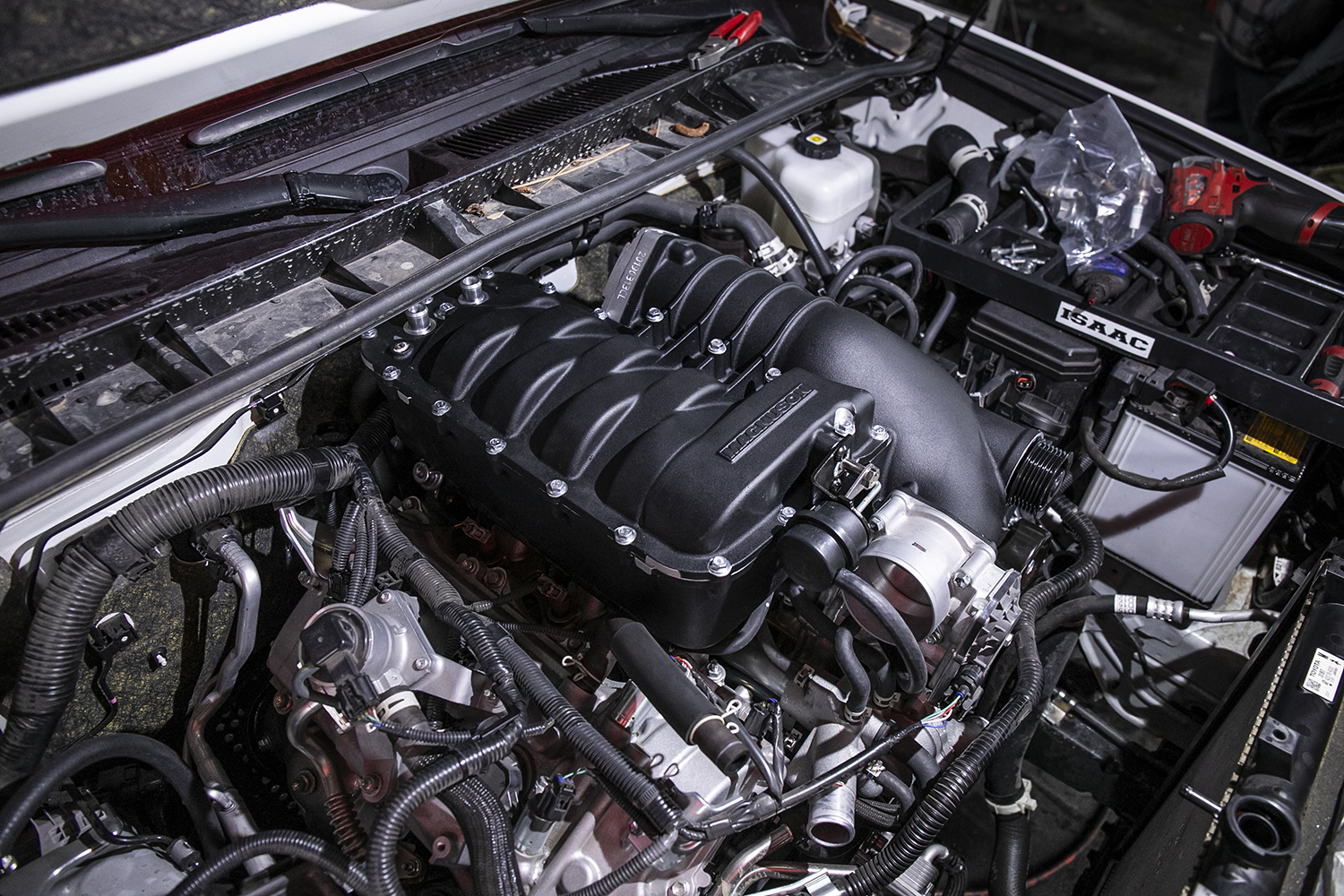
After building four different 5th Gen 4Runners, I decided to install a supercharger on our latest 2023 SR5P with portal axles and 37″ tires. I’ve always wanted a blower but never felt like any of my builds justified “needing” one – especially considering how expensive the upgrade is.
After driving for six months (7,000 miles) with the blower installed on my 2023 SR5P, I now realize that every previous build needed more power.
Our last build, “Jade,” was a 2016 TEP with steel armor, a drawer system, a rooftop tent, 35″ tires, and much more. When fully loaded, Jade weighed over 6700 lbs (reference our GVWR calculator if you want to weigh your rig). Jade was outrageously slow due to the added 1800 lbs of weight. I didn’t think much of it then, but after running a blower on the new build, I realized that not installing the supercharger was a huge mistake.
The additional 30% horsepower and 28% torque increase is impressive, but there are additional benefits. I didn’t even consider most of the benefits until I tested and experienced the product over the last six months.
Table Of Contents
SD Truck Shop
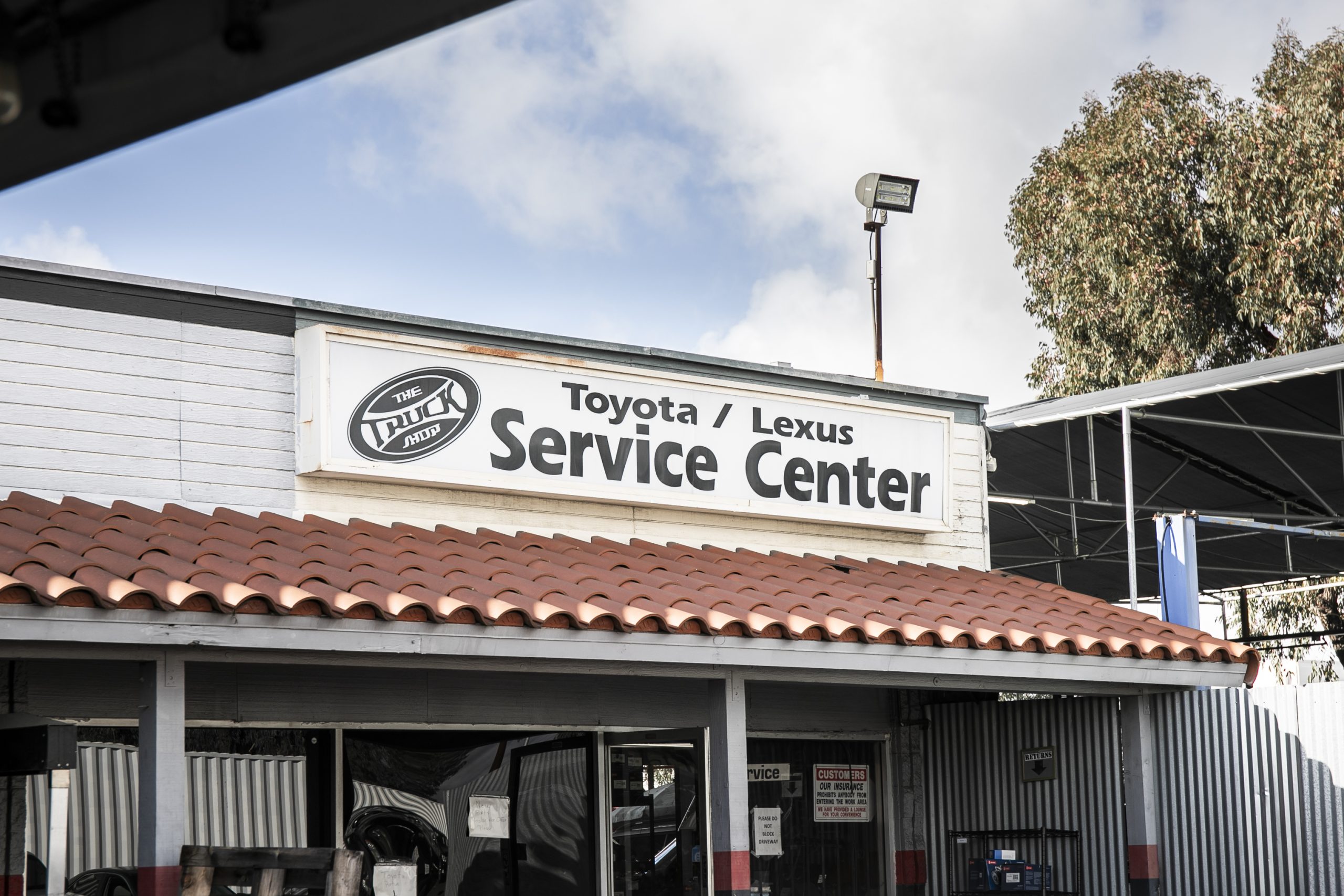
We worked with SD Truck Shop out of San Diego on the installation, and their team was pretty impressive, to say the least. They installed the SC in one day. The 4Runner was dropped off at 9 am and was finished by 6 pm – with a VF Tune for the 2020-2024 model years. I highly recommend this shop for the installation as they have dedicated Toyota/Lexus Supercharger techs for installations, troubleshooting, repairs, and/or swaps if you ever buy a used unit or need to swap your blower to another build. They have blowers in stock for all models as well; 4Runner, Tacoma, Tundra, and Lexus models.
I wanted to throw these benefits out there for anyone considering a Magnuson Supercharger.
There is much more to it than just power gains alone and anyone who says a supercharger isn’t worth it hasn’t test-driven one or daily driven with one on a heavy build with big tires.
We’ll start with a driver review and then jump into the benefits.
Driving Review
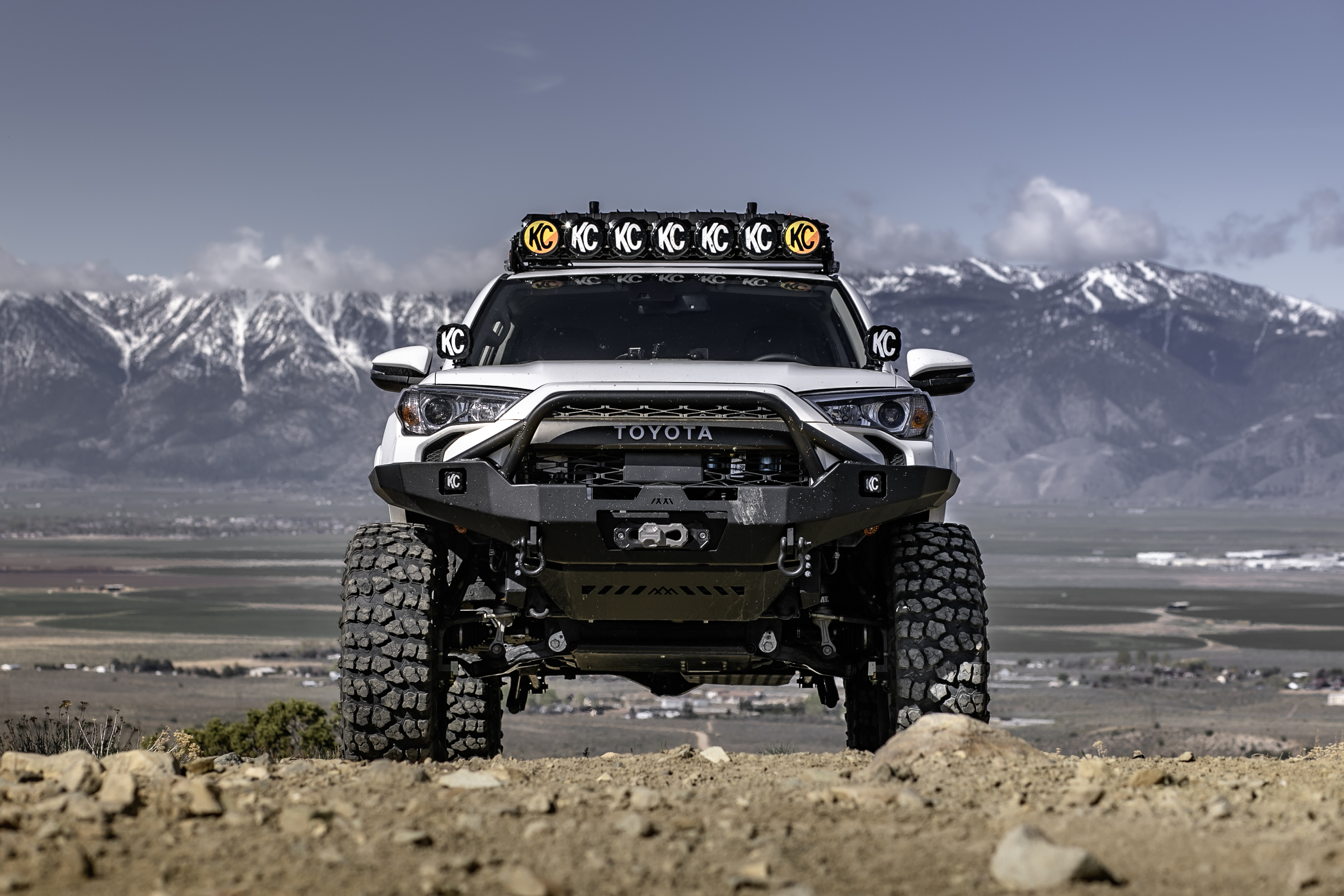
I’ve always had heavy 4Runner builds with big tires. Once the larger tires and extensive modifications are installed, the truck’s drivability and performance go out the window. After the weight gains, you can expect poor on-road acceleration, poor off-road performance, a loss of low-end torque, poor towing performance, decreased fuel economy, and more. With a blower installed, you can expect all those areas to improve – almost back to a stock feeling. You’re never going to feel “stock” again but with a good tune and the blower installed, you sure as hell feel the power again.
- Freeway Driving: This is where the blower shines. Getting on the onramp and opening it up to 60-70 mph is not only easy but seriously exciting. The power can be felt throughout the powerband. Low-end torque kicks in immediately, drops the ass-end, and lifts the front end. The higher the RPMs, the more air is pushed into the block so power increases faster and harder as you push into a higher RPM range. On 37″ tires, I can get up to 75mph quickly and compete with traffic aggressively.
- City Driving: The blower provides impressive response around town. I can aggressively change lanes when needed and then hammer down to push past slow traffic. No one would expect a 4Runner on 37″ tires to jam through traffic, switch lanes, and pass cars aggressively but when I need to, the blower is on my side.
- Dead Stop: The low-end torque acceleration will throw you into your seat. From a dead stop, off the line, I can get up to speed quickly.
- Rolling Start: From a rolling start around 10mph, the blower doesn’t show any real difference compared to off-the-line. It’s just as responsive from a dead stop.
- Off-Road Driving: I’ve noticed that it’s easier to climb over rocks and ruts with the extra power. On previous heavy builds, I’d be at 50% or more throttle to get over an obstacle whereas with the blower, I’m only around 30% throttle.
1. HP and Torque

Superchargers provide a significant boost in horsepower and torque. When you look at the numbers, it might not seem like much but when you get behind the wheel, it makes all the difference.
Horse Power At The Crank:
Base:
- Max Horse Power: 270
- Max Torque: 278
Supercharger:
- Max Horse Power: 335
- Max Torque: 345
Rear Wheel Horse Power (RWHP):
Base:
- Max Horse Power: 231
- Max Torque: 237
Supercharger:
- Max Horse Power: 302
- Max Torque: 297
Specs pulled from a previous Magnuson review.
2. Off-Road Performance
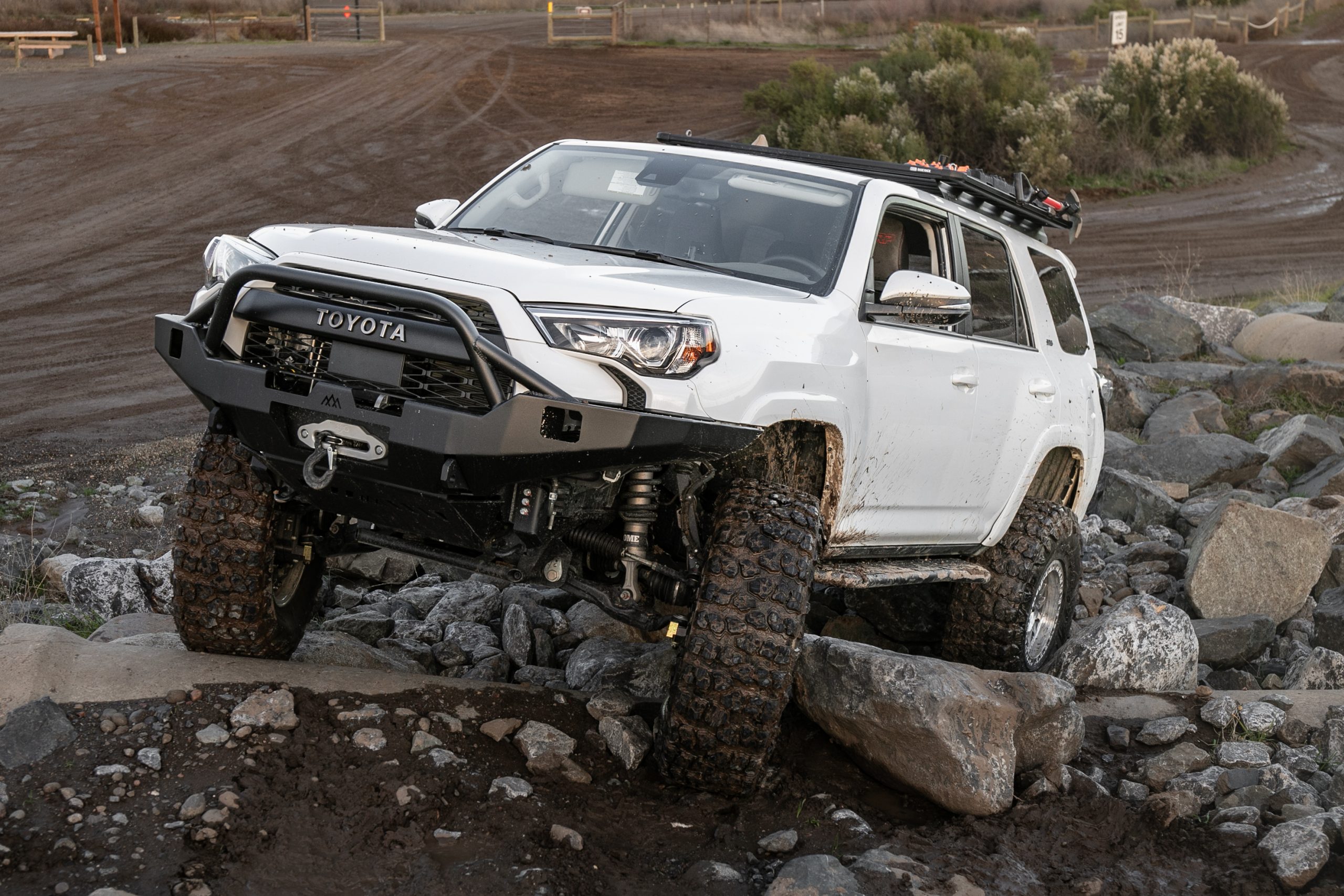
When it comes to steep inclines, rocks, deep mud, and sand – the supercharger provides extra power to assist in getting through it with ease.
After wheeling multiple terrain types, having the blower just makes wheeling easier and fun. The amount of power provided on the low end is enough to keep the RPMs down while still being about to power through the terrain. Having the extra low-end power is almost cheating.
3. High-Altitude Performance
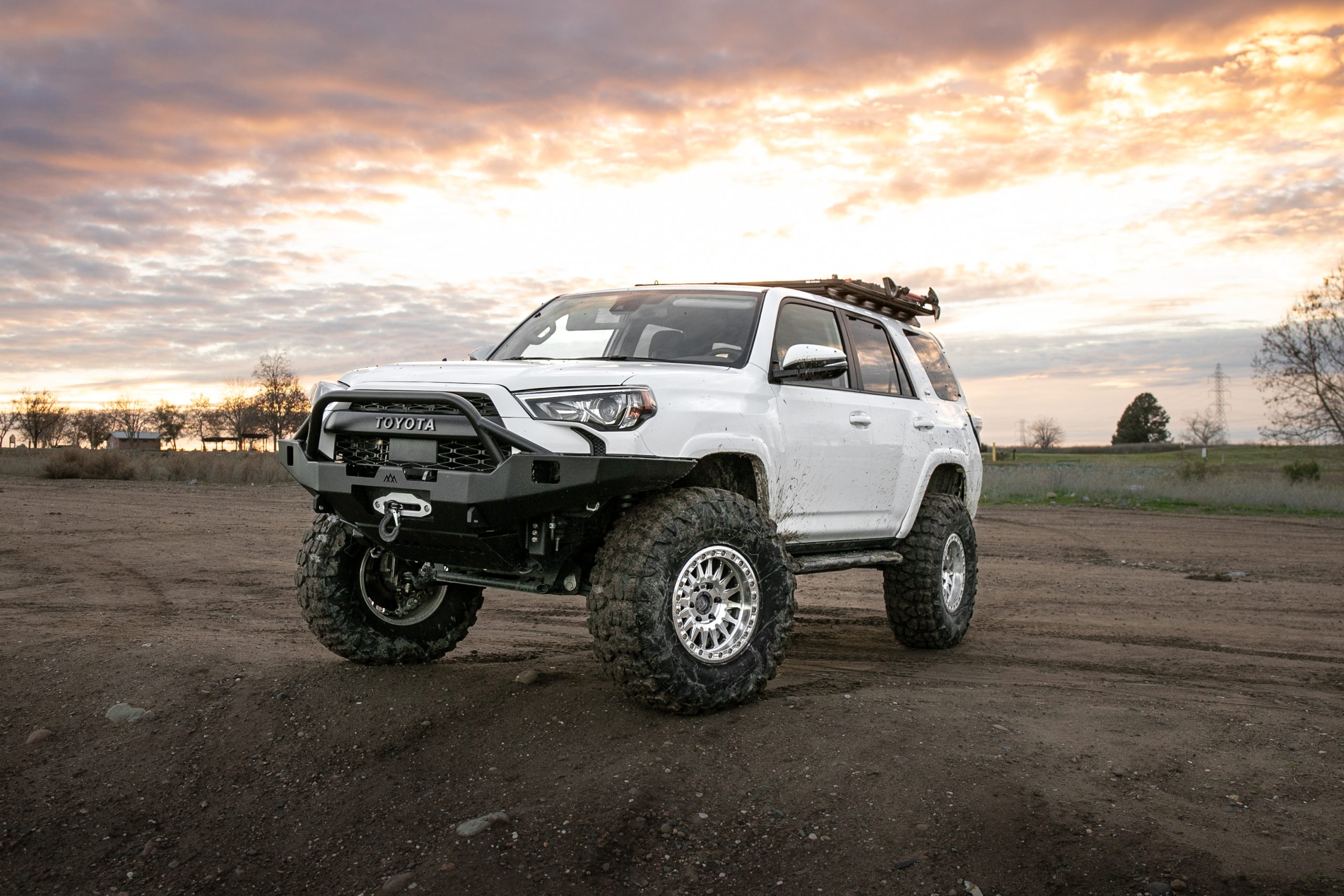
At higher altitudes, naturally aspirated engines can experience a decrease in power due to the thinner air. A supercharger can help compensate for this loss of power by forcing more air into the engine, resulting in better performance at high elevations. I have not tested the supercharger’s performance in places like Colorado, for example, but I have a trip planned soon and will update the post when I return.
4. Better Towing Capacity

Superchargers will improve towing capacity by increasing the low-end torque output. This can be incredibly beneficial for towing trailers, boats, overland trailers, or other heavy loads without sacrificing performance or fuel efficiency. I don’t tow often but I do own a 20′ PJ Trailer with a dovetail and tow occasionally. The difference in power for towing is absolutely insane. The power generated from the blower is enough to feel comfortable on the road with traffic while the trailer is hooked up. You can still feel the trailer weight with the blower but towing anything is much more manageable.
5. Bigger Tires

Bigger tires always make the 4Runner feel sluggish and less responsive, especially when accelerating or cornering. This is probably the single most important area to improve upon for me. After mounting up 35″ or 37″ tires on the 4Runner, it destroys performance. I’ve always dealt with this in the past and it’s never been high on my priority list until experiencing a blower paired with larger tires. The increased power and torque will help offset larger tires by providing immediate throttle response and much more power over stock. If you hate the way your 4Runner drives with bigger tires then you will love what a blower can do to help improve performance here.
6. GVWR Increase
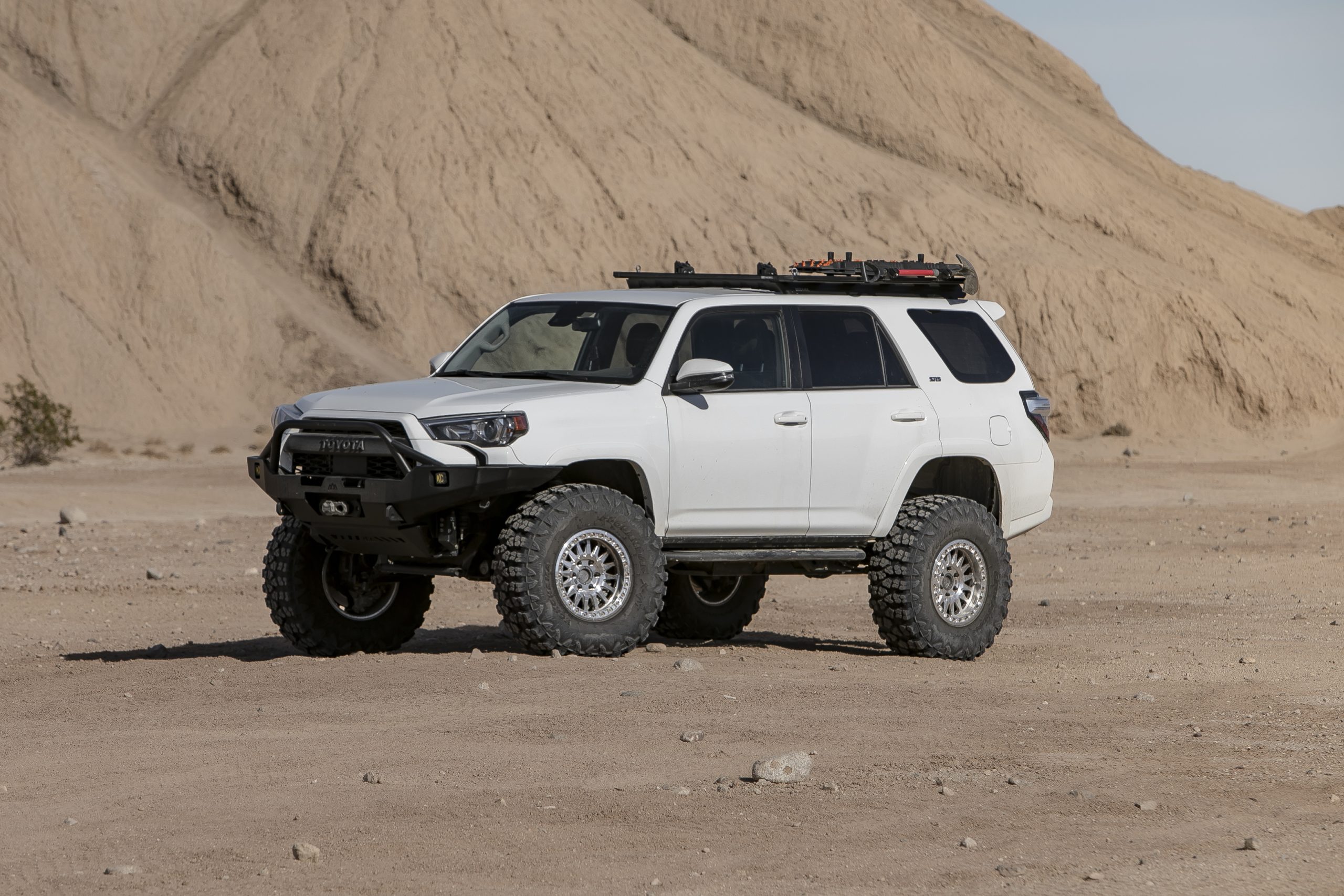
Like bigger tires, adding more weight to your rig will decrease your performance overall. To compensate for the added weight, a blower will help get you back to that “stock” feeling.
7. Engine Longevity
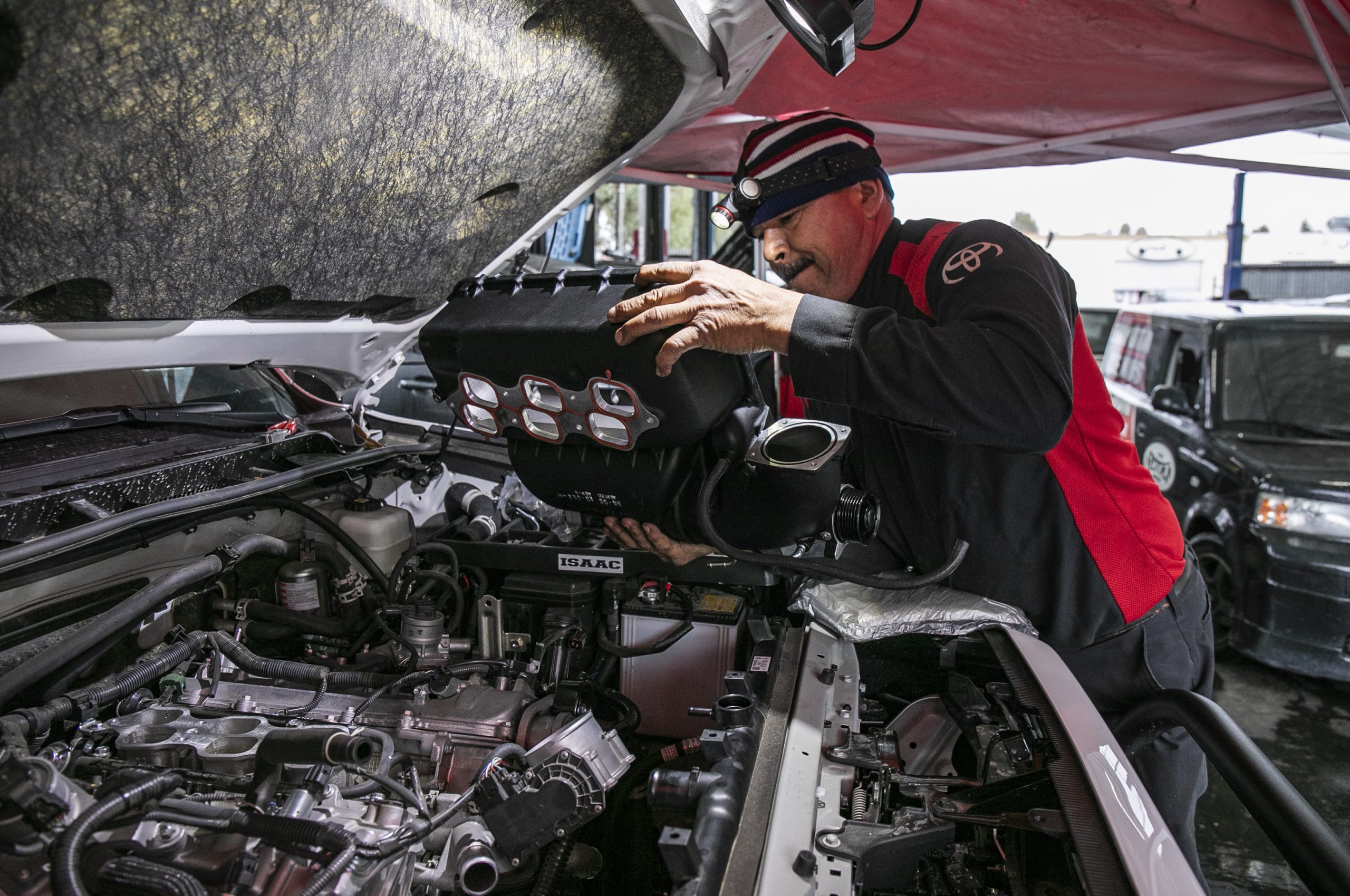
While superchargers increase engine power, they do so without putting excessive strain on the engine, as long as they are properly installed and tuned. This means that, when installed correctly, a supercharger can actually improve engine longevity by reducing the need for the engine to work as hard to achieve the same level of performance.
Pros: It’s Practical
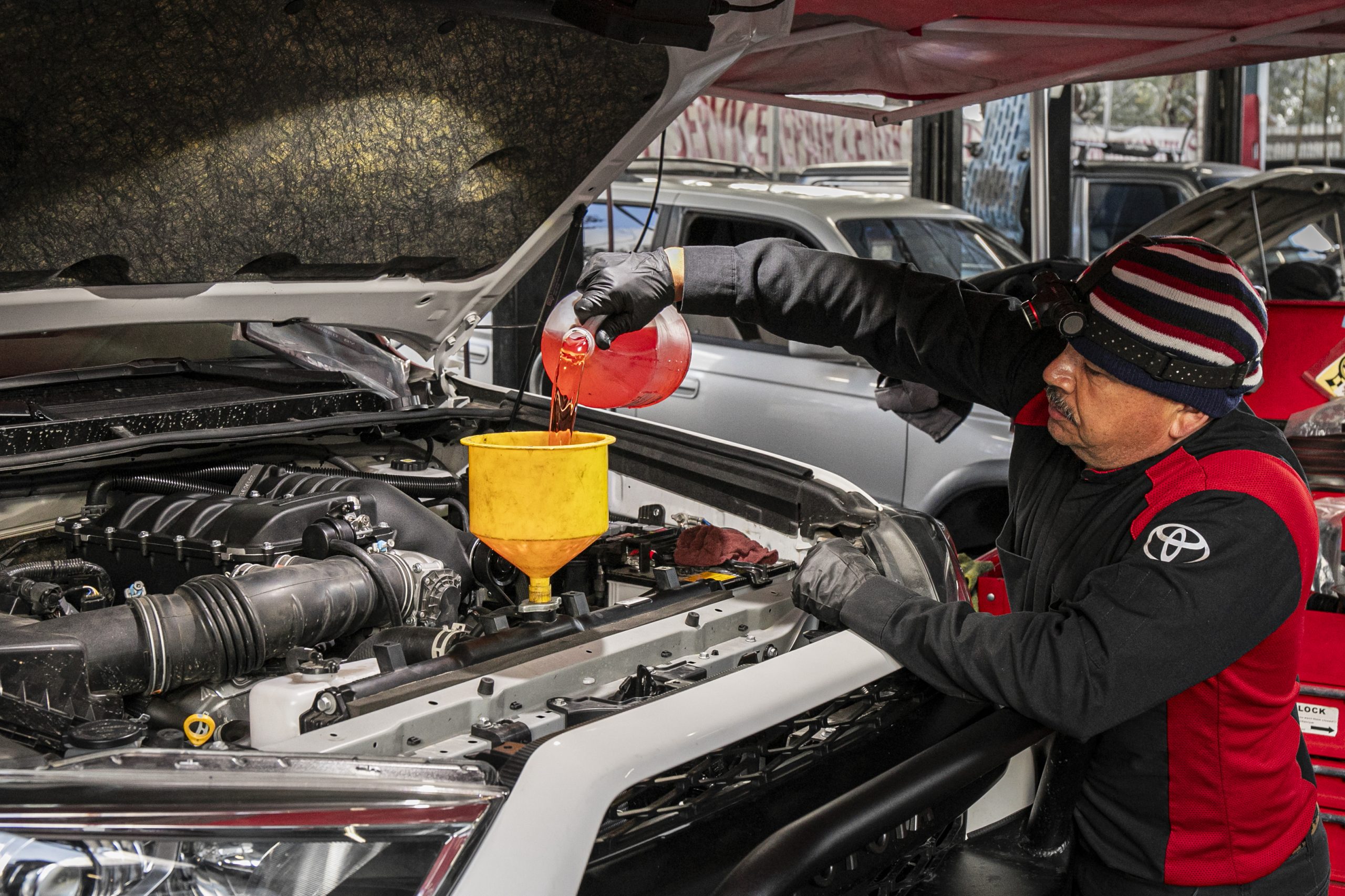
It’s one of the most practical mods you can buy – other than cost. You will use it every day.
Unlike most mods we put on our trucks, you will use the Supercharger every time you drive. There are very few parts on my truck (although very built) that I use every day. The supercharger and a phone mount are the only two that I use every time I drive the truck. Every time you hit that skinny pedal, you’re reminded of just how much additional power the 4Runner has.
Some of the reasons why you might need a blower:
- Heavy rig
- Larger tires
- You tow often
- You find yourself driving long distances
- You find yourself driving up grades
- You live in a high altitude area
- You just want more HP and Torque
The Magnuson is hands down the best mod I’ve ever put on any 5th Gen 4Runner – and I’ve built 4 of them over the last 10 years. There is no review online of a 4Runner or Tacoma owner who regrets doing this.
Cons: Price
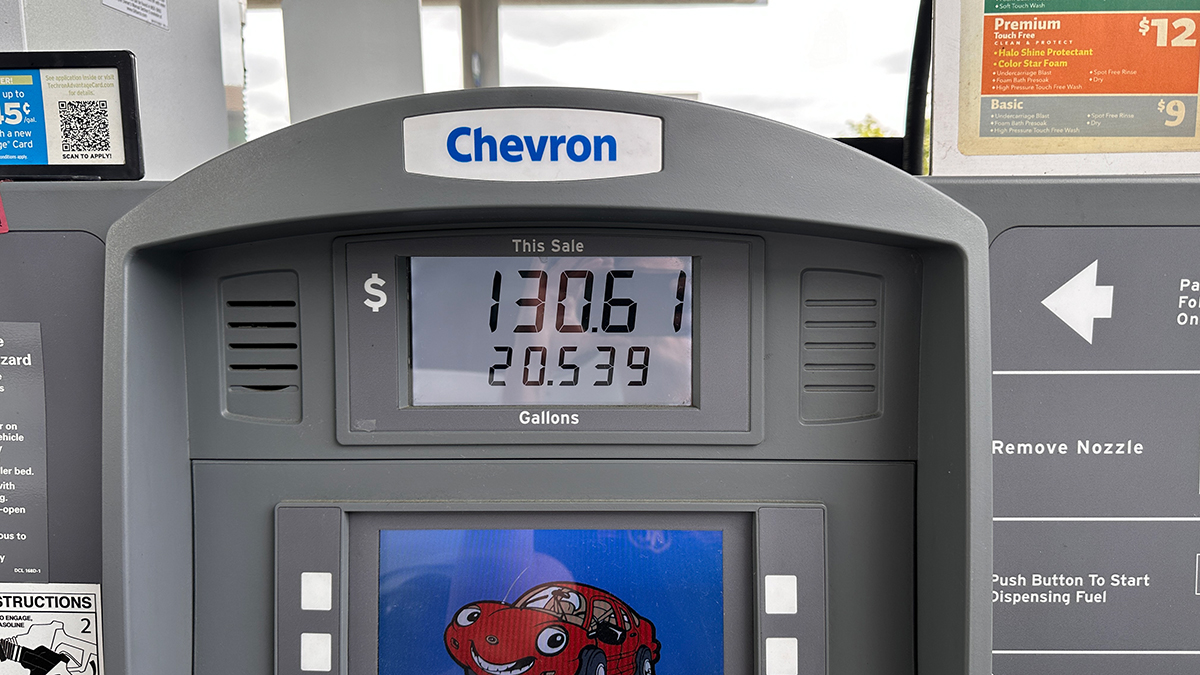
Throwing a blower on your rig is likely one of the best mods anyone can do after adding a bunch of weight and bigger tires. But, is it worth it?
Upfront Costs:
SD Truck Shop was $9984.50 for the parts and labor OTD. So, is $10K worth it for more power? It depends on how much disposable income you have and whether or not you are willing to spend some serious coin on a mod you may or may not need. If you’re running 35″+ tires or a really heavy rig, I say go for it. You will notice a huge difference in performance. This is not a mod I would recommend spending $10K on if you’re living paycheck to paycheck. You have to want/need more power or you have to be sitting on some extra cash.
Ongoing Costs:
In addition to the price of the blower, you will have an increased cost in premium fuel. Where I live in California, premium fuel costs $5 – $6 per gallon. The 4Runner has a 23-gallon tank so at that rate, you’re looking at $115 – $130 to fill up your tank. The national average for premium is $4.20 right now (April 2024) so on average expect $96 per tank.
Trail Takeaway:
I think owners with lots of added overland weight, 35″ – 37″ tires, and/or anyone who tows will see the most bang for their buck. If you put $5000 down and finance the rest, it’s not that bad of a monthly payment.
To each their own on the cost side but at the end of the day, the blower has made me genuinely love driving my 4Runner again.

I would double down on a few themes and add a couple new ones.
When I did my Magnuson install I also installed the URD Spec U exhaust that eliminates the rear two cats and is an all mandrel bent system. It goes from our stock 2.5” downpipes into two new Y pipes to a 3” exhaust post the first of the two mufflers. I also installed an Injen CAI which adds to a stock motor an additional 15 torque and 13 horsepower. These two mods obviously greatly increase air flow capacity for the blower and an important point you need to mention to Magnuson when you provide them your performance and modifications list for their tuning. The configuration of the URD U spec system is much better than stock eliminating a lot of bends and curves and keeping overall height for wheeling roughly the same as stock. It didn’t interfere at all with my full skid system.
The two other functional things I did was coated the exterior of the exhaust with VHT high temp paint. Then starting at the Y pipe I installed Heat Shield Matt above all sections of the exhaust piping and mufflers. I did this as I have an EcoFlo storage battery system behind my passenger seat floorboard, then Goose gear storage in the rear floor area. I wanted to keep all floor board temps to a minimum and reflect the heat out of the exhaust and away from the floor board.
I’d say where budgets allow and your engine bay allows for accommodating the Injen CAI which is one of the larger intakes these three upgrades done together are extremely complementary and provide for better results than only adding one at a time, (Injen CAI, Magnuson Supercharger and URD U spec 2 1/2 – 3” y pipe back or equivalent.).
My major other mods for function but adding to weight include:
35” tires
3” lift
4:56 gears
Full steel skids
Full front and rear hybrid steel/aluminum bumper from Backwoods
7/8 LFD Roof rack, 4 Front Runner Wolf Pack boxes
Front Runner awning
Warn 12k winch
Goose gear 10” drawers with driver rear seat delete for sleeping on the passenger side of the vehicle
Double 5 gallon water/gas storage along with 10lb propane on the Backwoods rear bumper
Powerbrake Stage 1 Front calipers and rotors
Impressions:
I tow an aluminum race car trailer and my AWD Street Mod Eagle Talon that I auto-x. Total loaded weight with 4 race tires and wheels is 5200 lbs + my 6200 lb 2014 4 runner. I also tow a dump trailer that the combined max loaded weight I’ve had is 6300 lbs + the 4 runner. So max trailered weight has been 12,5000 lbs. I tow a lot and the Magnuson, URD U spec and the Injen CAI make a giant difference vs stock motor with the above mentioned mods. Big difference in acceleration, not down shifting as much assuming you aren’t manually shifting, and much easier to go up inclined roads on my wooded property with a fully loaded dump trailer.
i really appreciate the benefit of normal everyday driving. I live in the foothills of NC so I’m constantly on highways on roads that have inclines for an over pass to allow another road to go underneath the main highway. Previously in the above mods w/out the Magnuson, Injen CAI and the URD U spec exhaust I would always go from 5th gear in cruise and it would drop down to 4th and even third occasionally depending on the road incline. Now on the same roads I have only one road that I travel that there is a downshift to 4th. This is at 65-70 mph in a cruise control environment.
The last thing I’d add as a benefit has been mileage. This is extremely driver dependent and since I have a SM Auto-x Talon I get my go-fast giggles with it on the track. So I’m pretty conservative when I’m driving the 4 runner. Prior to the Magnuson, Injen and URD U spec upgrades but having all of the other above mentioned mods I averaged using both my 4 runner mpg calculator and my Scan II gauge 11.5-12.2 mpg. My mileage now with a little over 2000 miles driving with the other three mods is averaging between 11.8-13.7 mpg. This includes a number of average mpg with both the Talon being trailered and using my dump trailer but not for full tanks of gas. That’s why the range mpg is wider as I do use my gas pedal more when towing and change my pedal commander to a sport setting vs normally on the street I have it set to City – 3.
The other facts I’d share come from my Scan II gauge. I’ve had this for a number of years as I’ve been doing my mods. With the above mentioned mods but not the Magnuson, CAI and URD exhaust my normal radiator temp would cycle between 180-185 w/ no load ambient temps 50-70. I originally had a Hayden 8”x 6” transmission cooler which was mounted slightly above my Warn winch about half way up the radiator prior to the three mods. The transmission temps would average 140-155 with ambient temps in the 50-70 Fahrenheit range again not under load.
After the Magnuson, CAI and the URD exhaust radiator temps are 190-195. I had to move the transmission cooler due to the install of the Magnuson intercooler which sits in front of the radiator blocking 80+% of the radiator fins. I moved the Hayden transmission cooler much higher up to the very top left of the radiator where it was only blocking a small % of the intercooler. The transmission temps now in a no load situation are averaging 143-162. Clearly the intercooler blocking a large portion of the radiator and the Magnuson creating higher motor temps puts more requirements on the radiator. The transmission temps are higher due to my need to mount it much higher has put part of the transmission cooler being blocked by the passenger head light assembly and the front top frame of the 4 runner radiator mount.
I have been super excited and pleased with the results of the three mods done together. Now that summer is coming I want to see how both the radiator and transmission temps will rise when ambient temps are much higher.
Recommend it to anyone looking for a bit more power and capability for your 4 runner particularly if you tow a lot.
I installed a Magnuson Supercharger on my brand new 2019 4Runner
I had the vehicle about two months before supercharger install. It has made the vehicle absolutely phenomenal. I’ve never looked back. I often see 4Runners on long upgrades struggling and I smile each time I see them in the rear view mirror. For power in passing lanes it cannot be beat as well. Vehicle purchased new in Tempe Az and Supercharger installed by a Magnuson recommended shop as well. Great investment.
So what’s the gas mileage on that build?
About 8-9 around town and 10-11 on the highway.
Ouch! That’s a bit worse than I was guessing. Takes me back to the old huge caddy I loved to drive with a 472 and a huge gas tank to go with it.
I have one and love it! Glad I bought mine 3 years ago when the Magnuson Supercharger was approx. $6,000!
How much was install?
The Supercharger is around $7500 and labor was around $2500… about $10k all in.
. . .soup to nuts, $7,000.
There is an excellent website, grimmjeeper.com where you can determine engine rpm, and related metrics for any differential regearing at nearly any speed, from crawling to highway. It might appear intimidating, but simply enter your wheel size, differential gearing, and the existing transmission gearing info found in your Toyota User Manual (transfer case and tranny).
I recently regeared my 2019 SR5 from stock 3.73 to 4.56 based largely on the info from this site. I knew in advance what my highway rpm’s would be with confidence. This rig relatively light, 3in Bilstein lift, skid plates, front and rear aftermarket bumpers, and stock 32″ tires, which was part of my decision to not go lower than 4.56. More fully built rigs would likely benefit from 4.88’s, or lower.
With a pedal commander and regear, nearly all of the “gear hunting” issue is gone and throttle response (acceleration) is noticeably improved. At 70 mph, the engine turns about 200rpm faster than 3.73 gears, but with the engine closer to the power band, the typical acceleration results in a single gear down-shift, not the crazy 5th to 3rd over rev.
Admittedly not cheap, what started as a locker project soon became locker and regear. Humbly, if you’re likely to go the route of a super charger, regearing your rig based on the new power and vehicle weight, would make a complete package. Imagine, you fully upgrade your suspension but choose to run worn-out tires to save money. You’ve kinda defeated the whole purpose. . .
For the ones that have regeared already. Have you heard of any recommendations on what ratio would be best when coupled with a SC? Just curious what you found in your research. I have heard/read multiple people say 4.56’s couples very well. Just haven’t found any hard evidence to support one way or the other.
I would think that power and gears aren’t mutually exclusive. If you’re running anything over stock tire size, especially closer to 35+, I would run the 4.88s. But that’s just me. Brenan isn’t running any gears because the portals are similar to swapping the differential gearing out.
I have 4:88 on my SR5 using a Pedal Commander on 35’s & this stallion is running like butter. I am very happy with the performance. I do have a lot of gear & weight with both metal bumpers, roof rack, a drawer system, winch & compressor and so on . If I was to tow a boat, then I would have to consider the Supercharger. As of now, it is not a need more of a distant want. The Gas Price is the shocker for me. Thanks for this great write up Brenan!!